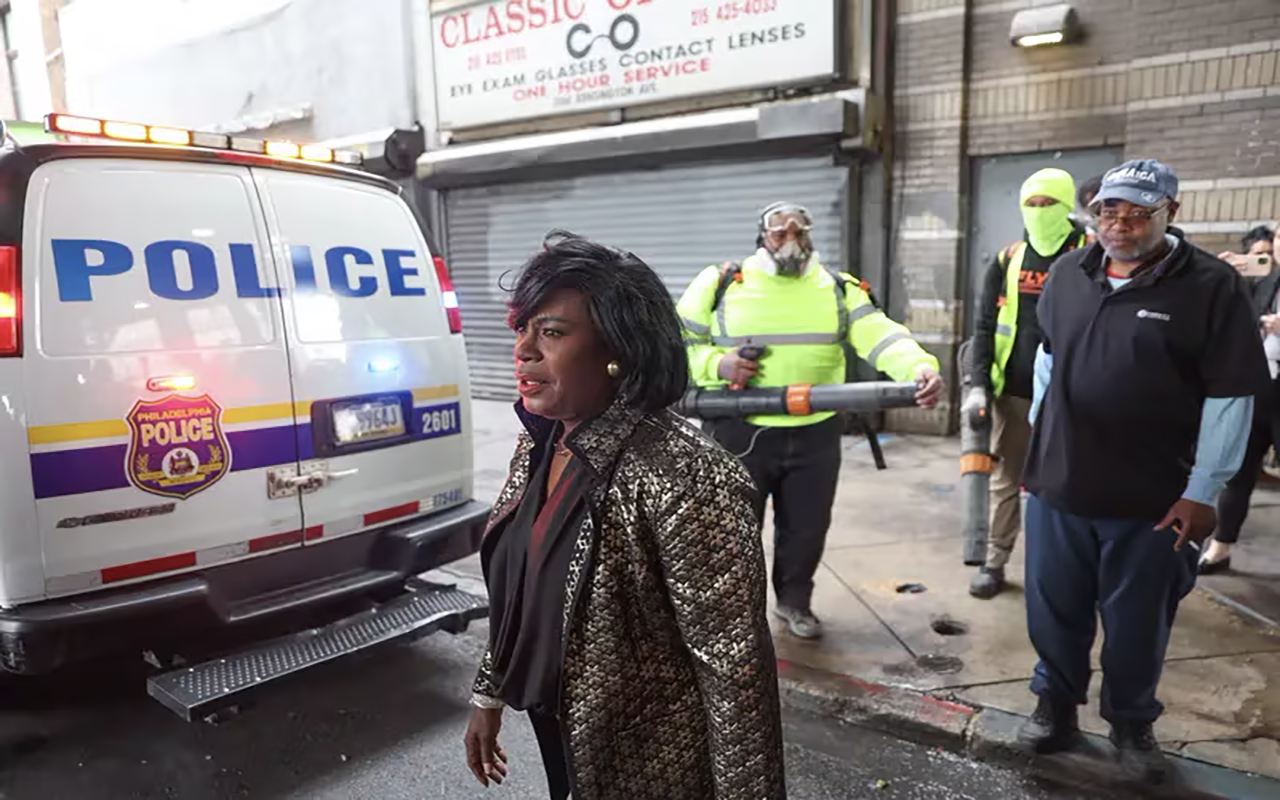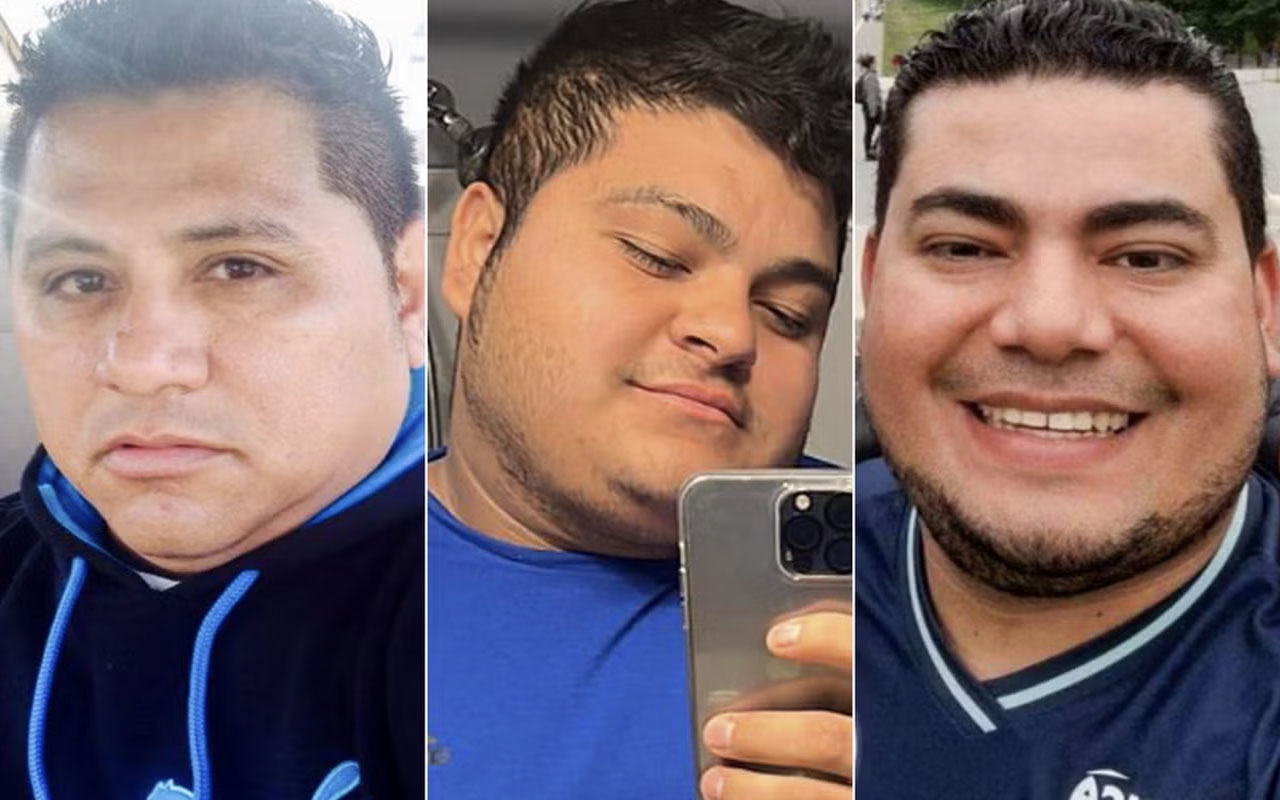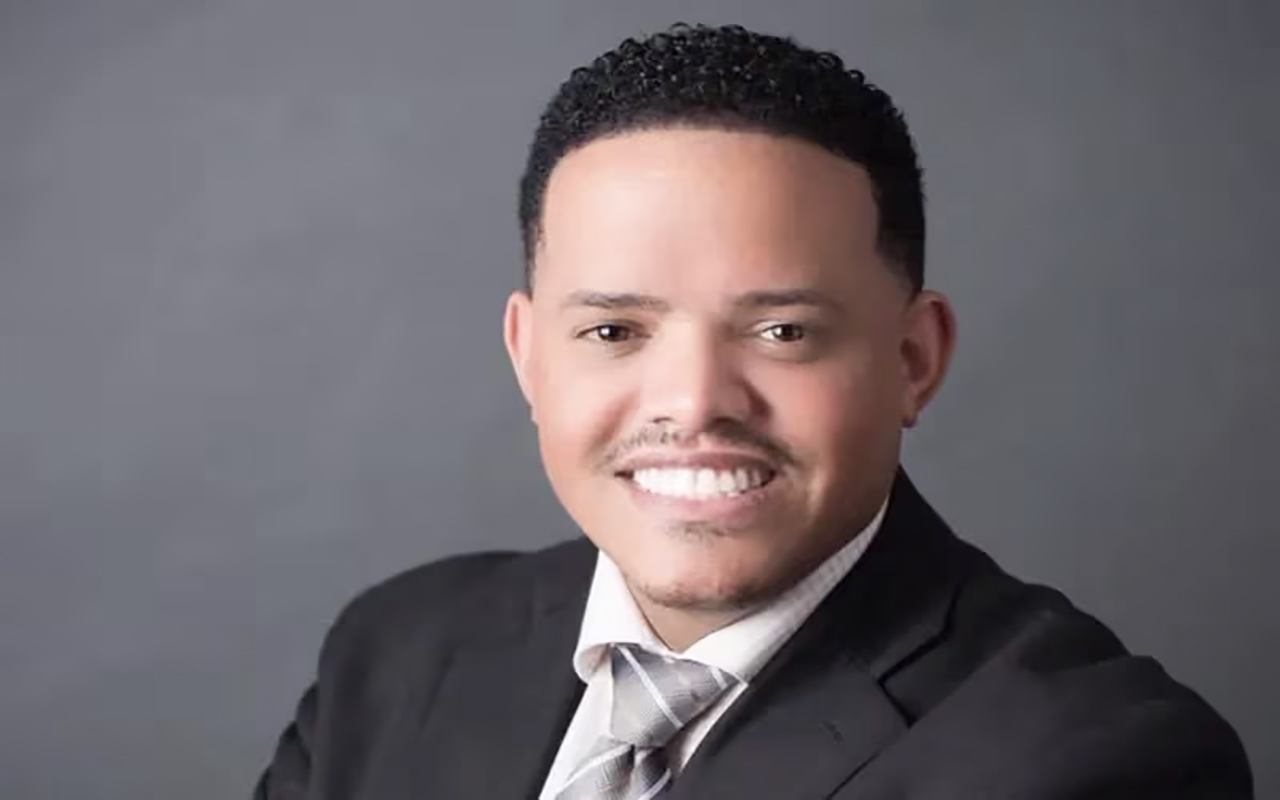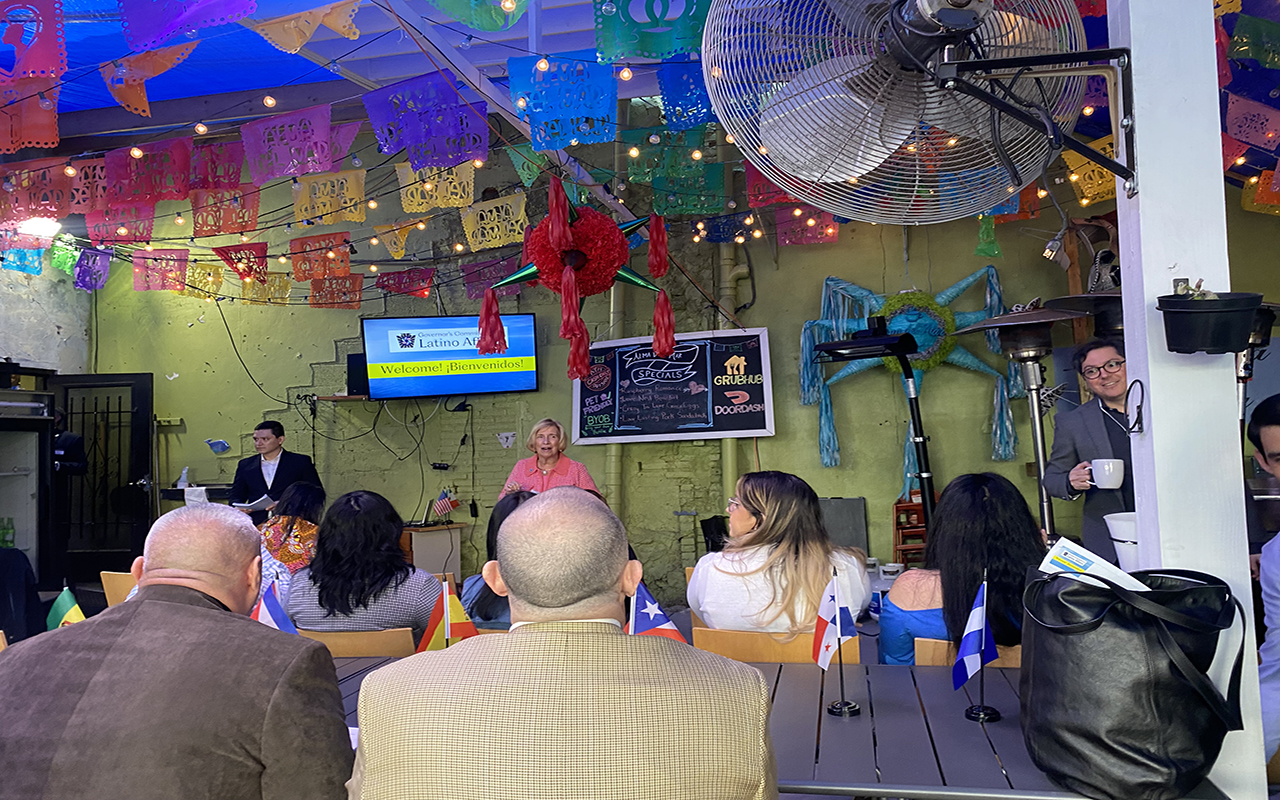
Human Trafficking, poverty's cruel child
According to United Nation Nations, human trafficking (HT) is one of the fastest growing criminal industries in the world. And, yes, its victims can be found…
From today through the end of August there is a group of people who stand to make a profit of approximately $2.6 billion, with another group of people who are the product the first group sells. Human traffickers “handle” about $32 billion per year, according to the United Nations, and they do it with great success.
Victims? They’re everywhere, but are very hard to find. Why? Everybody is as hidden as the issue is. Organizations are reluctant to release the data; few speak out. Statistics are hard to come by, and when they are available, the numbers are surprising low. Testimonies are hard to get, and even the definition of trafficking can be confusing, depending on the organization.
According to United Nation Nations, human trafficking (HT) is one of the fastest growing criminal industries in the world. The crime makes men, women and children — often motivated by a dream and the expectation of improving living conditions — susceptible to exploitation at every level, akin to slavery. In fact, some define it as a form of modern slavery.
According to figures from the International Labour Organization (ILO), more than 20 million people globally are forced to do hard labor (including exploitive sex work), of which 1.8 million are in Latin America and the Caribbean.
The United Nations warns in its last report (2014) that the number of convictions for human trafficking globally has remained extremely low: “Some 40 percent of countries reported less than 10 convictions per year. Some 15 percent of the 128 countries covered in this report did not record a single conviction.”
Despite the silence (which is a result of poor interventions), the number of known child victims, particularly girls under 18, has increased, as has the number of people trafficked for forced labor.
Surprisingly, according to the same report, in 30 percent of the countries that provided information on the gender of traffickers, the ratio of women traffickers is higher. “In some parts of the world, women trafficking women is the norm,” the report states. Deeply shameful.
A first glance at Philadelphia
The National Human Trafficking Resource Center (NHTRC) shows Pennsylvania somewhere between California — with the highest incidence at 223 cases — and Oregon with 13. Pennsylvania reported 26 cases through March 2015.
Philadelphia created PACT, the Philadelphia Anti-Trafficking Coalition, in 2005. It includes approximately 56 members representing agencies throughout the city. AL DÍA talked with four of its members: Nationalities Service Center, HIAS, Salvation Army, and the police department. Though the four are doing their best, there is a bitter sense of passivity. It is such a lucrative and damaging business and there is so little opportunity for the victim to find help, you’d think the organizations would be doing more outreach to communities. But, as the saying goes, “If the mountain won't come to Muhammad, then Muhammad must go to the mountain.”
“Last December 2014, a formal policy was issued by the police, directive 155. It dictates how to proceed,” said Captain John Darby, the commanding officer of the Special Victims Unit (SVU) of the Philadelphia Police Department. The directive defines human trafficking and clarifies how the police are to proceed.
According to the directive’s definition, human trafficking of three types occur: labor, debt bondage, and sex trafficking. The directive is clear in stating that those most at risk are “runaway children; the homeless; people who have been physically or sexually abused in the past; refugees, people who come to the U.S. in order to support their family abroad; migrant workers, and people with mental health issues or intellectual disability.”
The SVU doesn’t handle labor or sexual trafficking. “We just are becoming more aware of the problem,” Darby said. “We know it exists. We have seen sexual exploitation, but in my 30 years of experience I haven’t seen labor or domestic trafficking,” he said.
Meanwhile, Judith Bernstein-Baker, executive director of HIAS Pennsylvania was emphatic: “Human Trafficking is the second largest source of income in criminal enterprise, after drugs.”
Not too long ago, ALDÍA did a short investigation about the labor conditions of Asian immigrants in the city. We also know that many farms in the state rely on migrant workers, often Mexicans or Haitians, to fill their labor needs and have also done articles on them in the past. But in neither case was it as difficult to convince people to come forth with their stories as it has been in this one.
Statistics and cases
HIAS reports between five to 10 cases per year, in addition to cases that involve children after police apprehend the trafficker. “We don’t know how many people are out there who are afraid to come forward ,” said Elizabeth Yaeger, supervising attorney for HIAS’ Youth Project. “The number (who do come forth) is small and it shouldn’t be a surprise that it is so — those (who are trafficked) are the last to know who they can or should reach out to.”
Nationalities Service Center, NSC, reports 45 individual labor cases since 2009. The National Trafficking Center Online refers those; others walk in and can be classified as victims of human trafficking. NSC is one of the few organizations that has initiated outreach to and in the Latino community. We did not receive stats from the Salvation Army.
A few of us, probably not many, have seen the very small notices alerting people to human traffic and noting where to get help. They are hung at subway and train stations; are no bigger than 20 by 8 inches and very hard to read because of the size; and in English only. Some bathrooms of non-profit organizations dealing with human trafficking post them as well. As is often the case, our actions don’t begin to address the real need.
Trans-regional trafficking patterns are mainly tracked to the rich countries of the Middle East, Western Europe and North America. These patterns often involve victims from the “global south,” mainly East, South and Southeast Asia and Sub-Saharan Africa.
Usually there is a third party whose primary job is to contact the victim. They offer the dream to come to the United States and although the clients aren’t always naïve the recruiters are very good at what they do. They relate to individuals by claiming they have been in the same situation and that it turned out great. They deliver good script.
The Urban institute says that a recruiter makes $6,000 per person trafficked.
Chris Setz-Kelly, the NSC staff attorney, ups that figure. He estimates that recruiters are making between $5,000 and $10,000 per person and that they recruit hundreds of people. “Recruiters are from the country of the victims,” he said. “Domestic servitude is slightly different.The trafficker identifies somebody in the country of origin, with very few family connections, and they offer to bring them to the United States to work with families from the same country, same ethnicity, and help raise young kids.”
I know of a case where a woman was saved thanks to a neighbor who saw that the the woman was working for a family but that she never came out of the house. He talked to her once when she took the trash out. He organized a plan for her to escape and when the chance came to leave, his car was strategically waiting for her. “Not all stories have a happy ending,” said one of the trafficking victims I interviewed.
Another person I interviewed remembered an older case, of a woman from Mexico. She was told that she would come to work and ended up in a house forced to work as a prostitute. She was confined to the house and she eventually became pregnant. With that as motivation she ran away and tried to find a Spanish-speaker to help her. She reported it to the police. She was granted a visa, went to college and is doing well.
“Sensationalism has helped the movement — because we are more aware than before,” said Jamie Manirakiza, director of Anti-Trafficking and Social Programs at the Salvation Army. “However, sensationalism has kept us from understanding the problem in a comprehensive way.”
Intervention
Double standards are everywhere. The State Department has given several countries more favorable ratings — for no “saintly” reason — in its annual report released July 27 this year. Malaysia, for instance, which is a key player in the Trans-Pacific Partnership trade negotiations, was upgraded from its Tier 3 blacklist rating to a Tier 2, despite expert analysis that the country has not actually improved in terms of human trafficking.
The 155 Directive from the Police Department suggests 16 questions for officers to ask when they suspect human trafficking. Number 15 asks about a passport or valid ID card. And this is where the second problem emerges. Immigration and Customs Enforcement (ICE) is one of the organizations that describes itself as being “serious about ending human trafficking.”
And that commitment can sometimes cross “borders”— figuratively.
“Things can happen quickly before we intervene,” said Bernstein-Baker. “I think people know that in the immigrant community. For example, if the police raid a massage parlor and they find people living there, and if there is a trafficking situation, they will not turn people over necessarily to the immigration service providers. They might turn them over ICE, Immigration Customs and Enforcement. ICE might then place them in removal proceedings.”
Streets, hotels and motels, truck stops, online escort services, online websites such as backpage.com and craiglist.com, brothels, massage parlors, migrant camps, restaurants. Trafficking can occur within many venues. And traffickers can be women, family members of the victim, pimps, gangs, smugglers, and employers at legitimate businesses.
For the United Nations, the low numbers in reported data are just the tip of the iceberg. Without robust criminal justice responses and ways to reach out to the community, human trafficking will remain a low-risk, high-profit activity for criminals. The ideal would be to curb trafficking at its source, however, unless poverty and lack of economic opportunities are resolved in the country of origin first, there will always be another victim. The only improvement we can effect from here is to marshal resources more efficiently reach the victims. Not only because it may be their only opportunity to break free from their oppressors, but also as part of the restorative justice owed to those who are so often the collateral damage for leading industrialized countries.










LEAVE A COMMENT:
Join the discussion! Leave a comment.